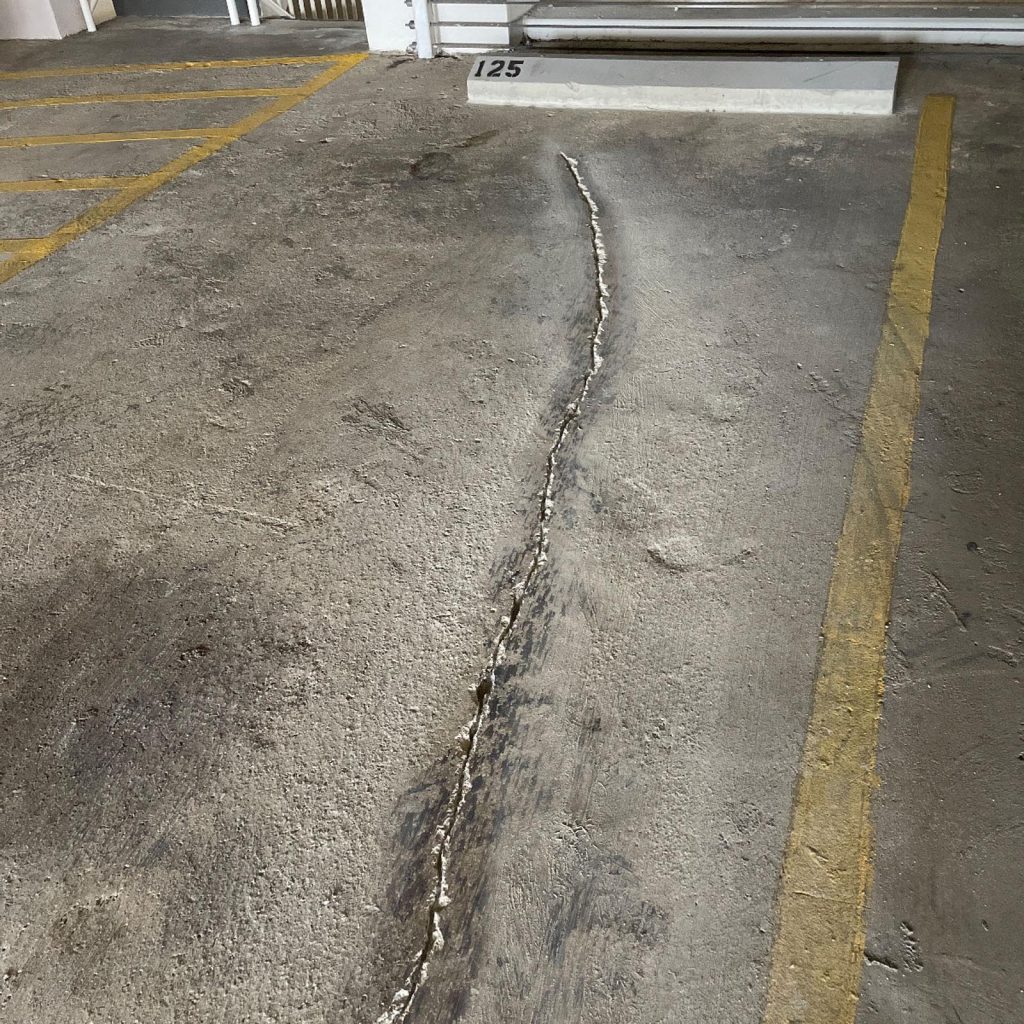
Do you have cracks in the structure of your parking buildings? Cracks, even small ones, can be indicative of larger problems and if left untreated can cause significant damage to a building’s structural integrity. Knowing how serious particular cracks are is critical for building administrators, facility managers and building owners so they may properly assess and safely maintain the structures. It’s important to not only identify these potentially dangerous cracks but also determine which need to be repaired immediately. In this blog post we’ll look at the importance of identifying causes and risks associated with cracking within parking structures as well as provide an overview on necessary preventive measures that should be taken to protect the safety of those who use them.
Common Causes of Cracks in Parking Structures
Cracks in parking structures can occur due to numerous reasons. One of the most common causes is concrete shrinkage. As concrete dries, it naturally shrinks and can lead to cracking if not properly managed during construction. Additionally, thermal expansion and contraction can also contribute to cracking, as the concrete expands in the heat of the day and contracts in the evening, causing stress that leads to cracks.
Another prevalent cause of cracks is the load-bearing stress from vehicles. Parking structures are subjected to the weight of numerous vehicles daily, and over time, this can cause wear and tear, leading to cracks. Also, inadequate water drainage can exacerbate the cracks issue by allowing water to seep into the concrete and the reinforcement, causing it to deteriorate over time.
Unwanted but possible causes of cracks are distress related to structural deficiency. This could be from incorrect formwork alignment, inadequate reinforcement or an improper mix design. In these cases, the cracks are likely to appear in areas of high stress due to movements such as thermal expansion and contraction or vibratory loads from vehicles passing through. The most common crack patterns are lines between columns which most probably is related to the floor slab being on top of a beam. Another is punching shear where cracks radiate from a point, usually the corner of a column.
Lastly, material aging and corrosion of reinforcing steel can also lead to cracks in parking structures. Over time, the materials used in construction can deteriorate, especially if exposed to harsh environmental conditions. Similarly, the corrosion of the reinforcing steel within the concrete can lead to expansion, causing pressure that results in cracks. Understanding these causes is the first step to preventing and treating cracks in parking structures.
Preventive Measures and Remedies for Cracks in Parking Structures
Ignoring the cracks in parking structures can lead to a multitude of risks and consequences. The primary concern is that of people’s safety. Cracks can compromise the structural integrity of the building and if left unchecked, can lead to catastrophic failure, potentially causing injury or even loss of life.
Additionally, cracks are a gateway for water and other corrosive substances that can further degrade the structure, not only escalating the repair costs but also leading to potential vehicle damage. This can result in a loss of reputation, declining patronage, and potential litigation from affected parties.
Moreover, the value of the property could significantly depreciate due to the structural issues.
Lastly, the aesthetic appeal of the structure is negatively impacted by visible cracks, which can deter potential users. In summary, while it may seem cost-effective to ignore minor cracks initially, the long-term risks and consequences significantly outweigh the savings.
Regular inspections and maintenance for parking structures are of paramount importance given the potential consequences of negligence.
Routine inspections serve as an early warning system for detecting cracks and signs of wear and tear before they escalate into significant issues. By identifying problems early, remedial actions can be implemented promptly, mitigating safety risks, and avoiding costly repairs.
Maintenance, on the other hand, extends the lifespan of the structures. It involves the regular cleaning of drainage systems to prevent build-up of corrosive substances, sealing of cracks to inhibit water ingress, and periodic painting to protect against harsh weather conditions.
Furthermore, regular inspections and maintenance can help maintain the aesthetic appeal of the structures, attracting potential users and enhancing patron satisfaction. They also play a crucial role in preserving the value of the property, ensuring insurability, and safeguarding the reputation of the owners.
In essence, regular inspections and maintenance are a proactive approach to structure management, serving as an effective strategy to prevent serious issues, maintain safety standards, and ultimately, preserve the investment value of the parking structures.
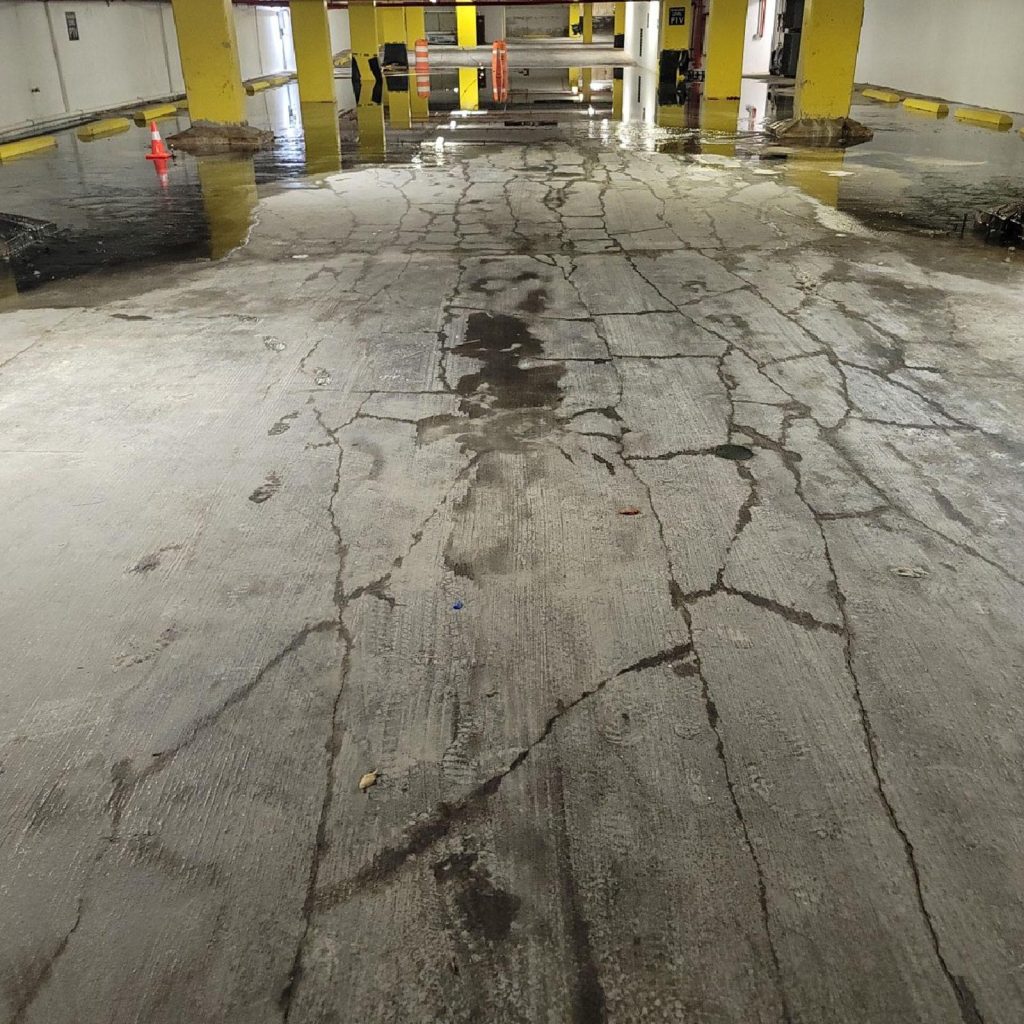
Implementing a Comprehensive Parking Structure Inspection and Maintenance Plan
A structural condition evaluation by a qualified team will help assess and differentiate the types of cracks, the severity and the urgency to treat them. It also involves the recommendations of a repair or replacement plan. Moreover, it is important to keep an updated record of all maintenance and repairs performed on the structure in order to track progress, schedule future activities and better allocate resources.
By implementing regular inspections and maintenance procedures for parking structures, owners can proactively address any issues that arise over time and safeguard their investment from further damage. Regular maintenance and repairs can also boost patron confidence, ensuring the safety of users and increasing occupancy rates.
It is important to note that parking decks and other structures are continually subjected to harsh environmental conditions, heavy traffic loads, material fatigue, and general wear-and-tear. Therefore, it is essential for owners to understand the importance of regular inspections and maintenance in order to prevent deterioration and costly repairs.
In the medium and long term, crack prevention is less expensive than repairing structural damage caused by ignoring early warning cracks.
Repair and Reinforcement Techniques and Considerations for Parking Structures
Repair and reinforcement techniques have evolved over time to effectively address distress in structures. Professionals often employ a mix of traditional and advanced methods based on the specific needs of a structure. Traditional methods include the use of epoxy injection, routing and sealing, stitching, and grouting.
Epoxy injection is frequently used for repairing cracks in the concrete. This technique involves the injection of epoxy resins into the cracks to restore the original strength and rigidity of the structure. Routing and sealing, on the other hand, is a method where the cracks on the surface are enlarged along their exposed face and then filled with a suitable joint sealant. This is a common technique for surface cracks and offers a waterproofing solution.
Stitching is a method used for repairing larger cracks. This involves drilling holes on both sides of the crack and grouting in U-shaped metal units with short legs (staples). The legs of the staples are then sealed with a non-shrink grout or an epoxy resin-based adhesive, which provides a robust, durable repair.
In addition to these traditional methods, professionals also use advanced techniques such as fiber-reinforced polymers (FRP), a lightweight, high-strength material, for structural strengthening. FRP is applied to the distressed areas of the structure to increase its load-bearing capacity and resist dynamic forces. Other advanced methods include plate bonding and jacketing, which involve attaching steel plates or using concrete jackets, respectively, to strengthen and stabilize the structure.
Each of these techniques has its specific advantages and is chosen based on the severity and type of distress observed in the structure. It is the job of the structural professionals to decide the most suitable technique after comprehensive analysis and evaluation of the condition of the structure.
Understanding the nature and behavior of structures is a key aspect of structural engineering. This knowledge is crucial when restoring and repairing structures, as improper interventions can lead to further damage, or even structural failure. For instance, certain repair techniques introduce additional stresses or can alter the load distribution within the structure. Therefore, structural engineers must have a deep understanding of both the original structure and the repair methodology.
Furthermore, a critical consideration in the repair process is the development of a suitable shoring program. Shoring is the provision of temporary support to the structure during repair works to prevent further damage and ensure the safety of the workers. Depending on the extent and location of the damage, various types of shoring methods can be used, such as needle beams, flying shores, or raking shores. The selection and design of an effective shoring system require a profound understanding of structural engineering principles. In conclusion, structural engineering knowledge is paramount in making informed decisions during the repair process to ensure that the structural integrity of the building is not compromised.

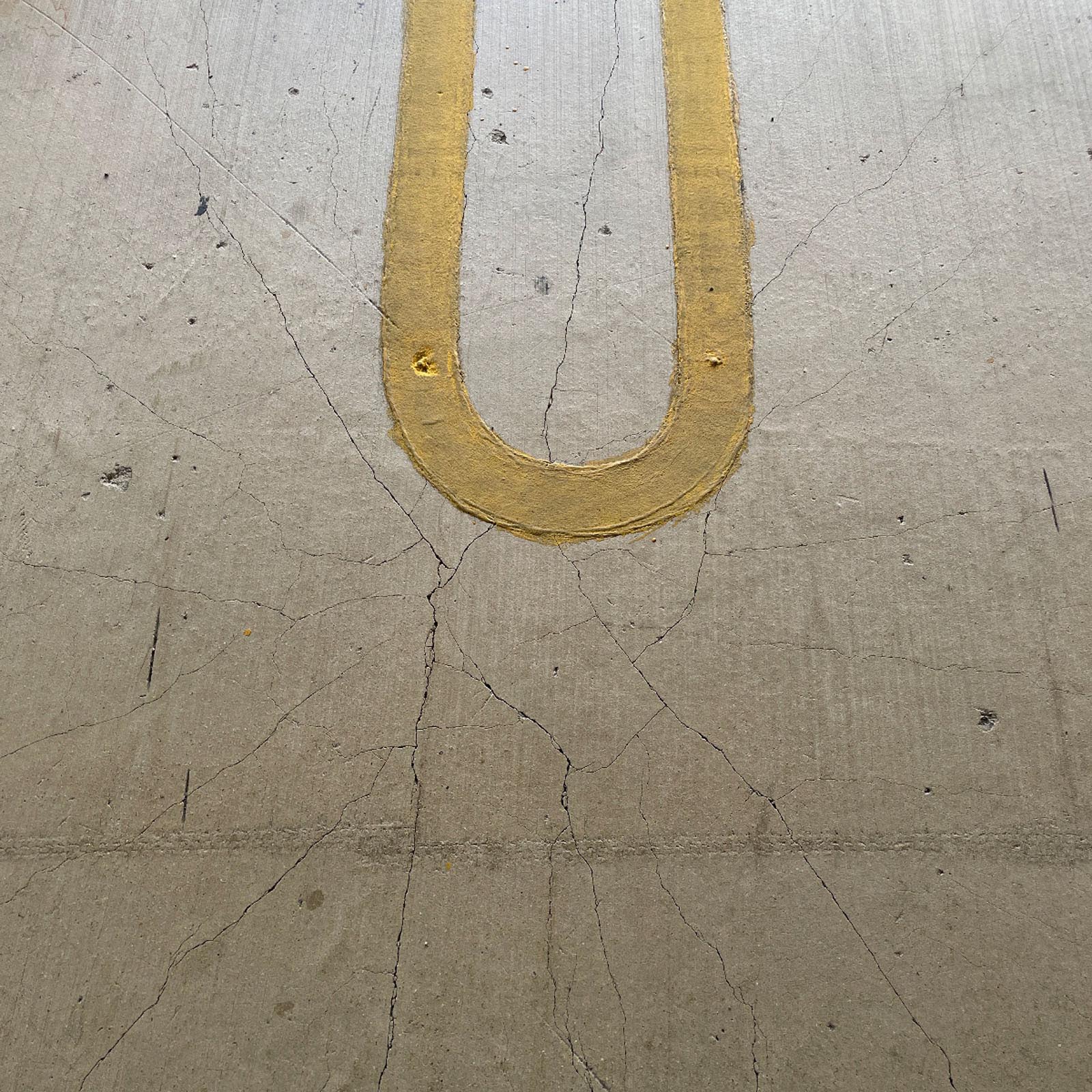
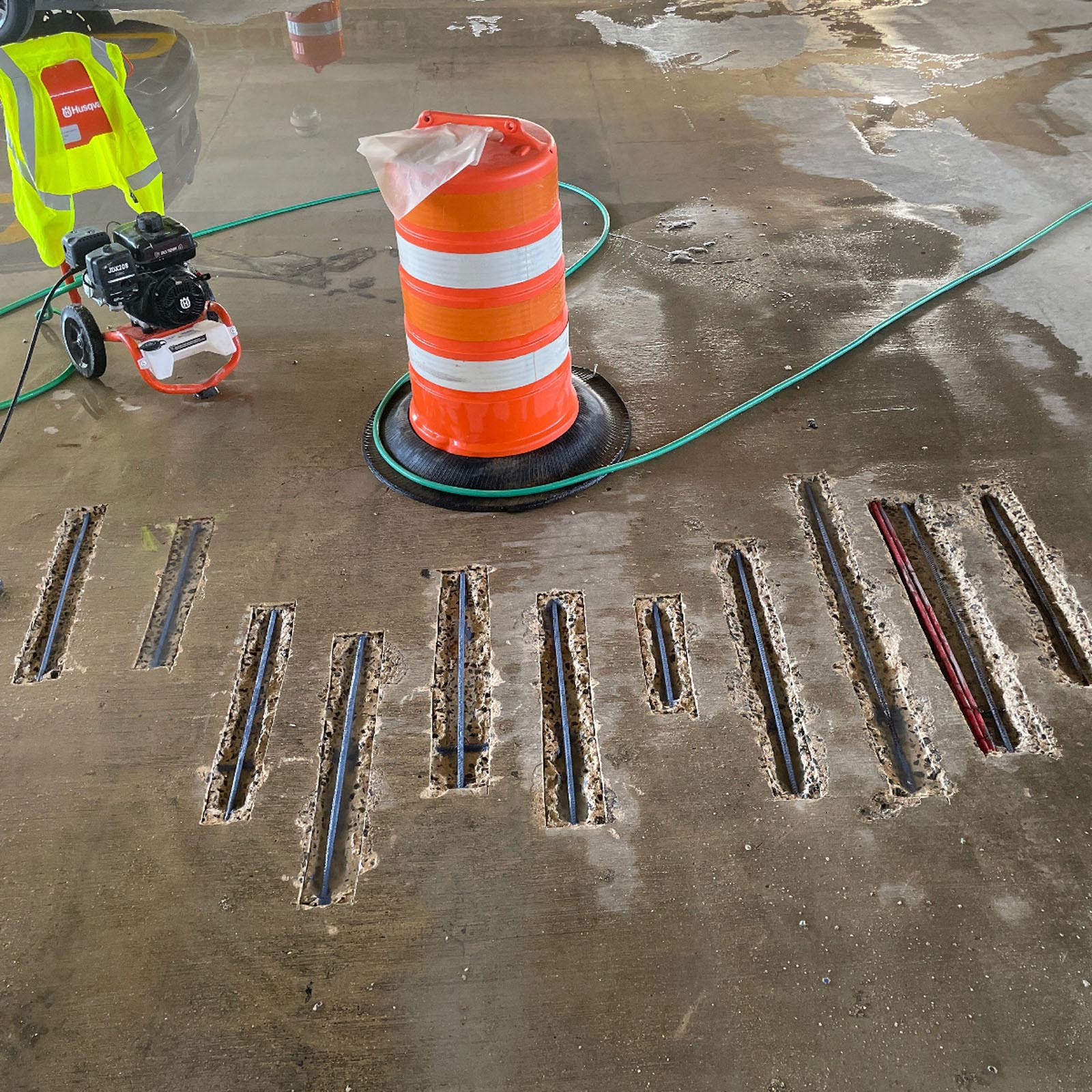
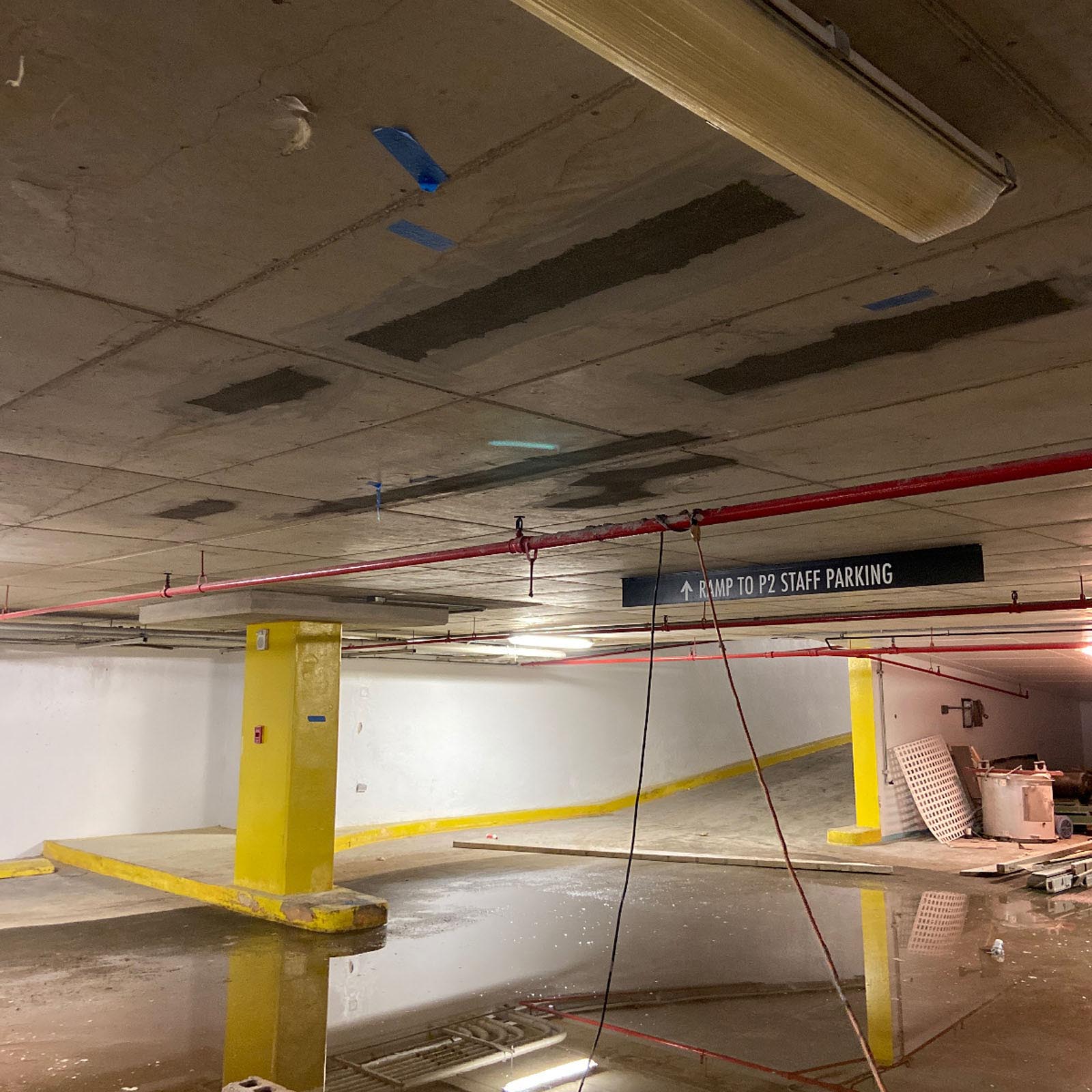
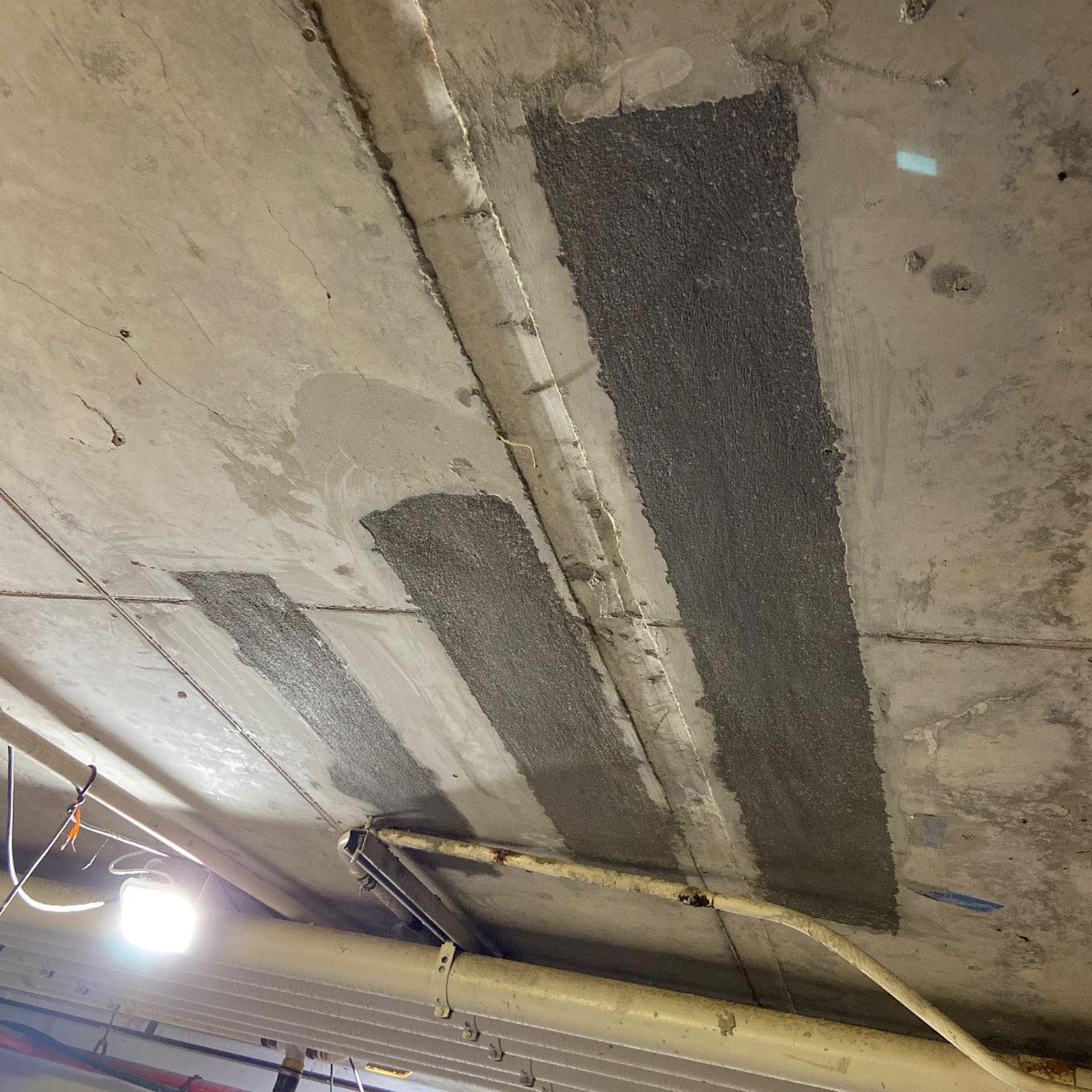
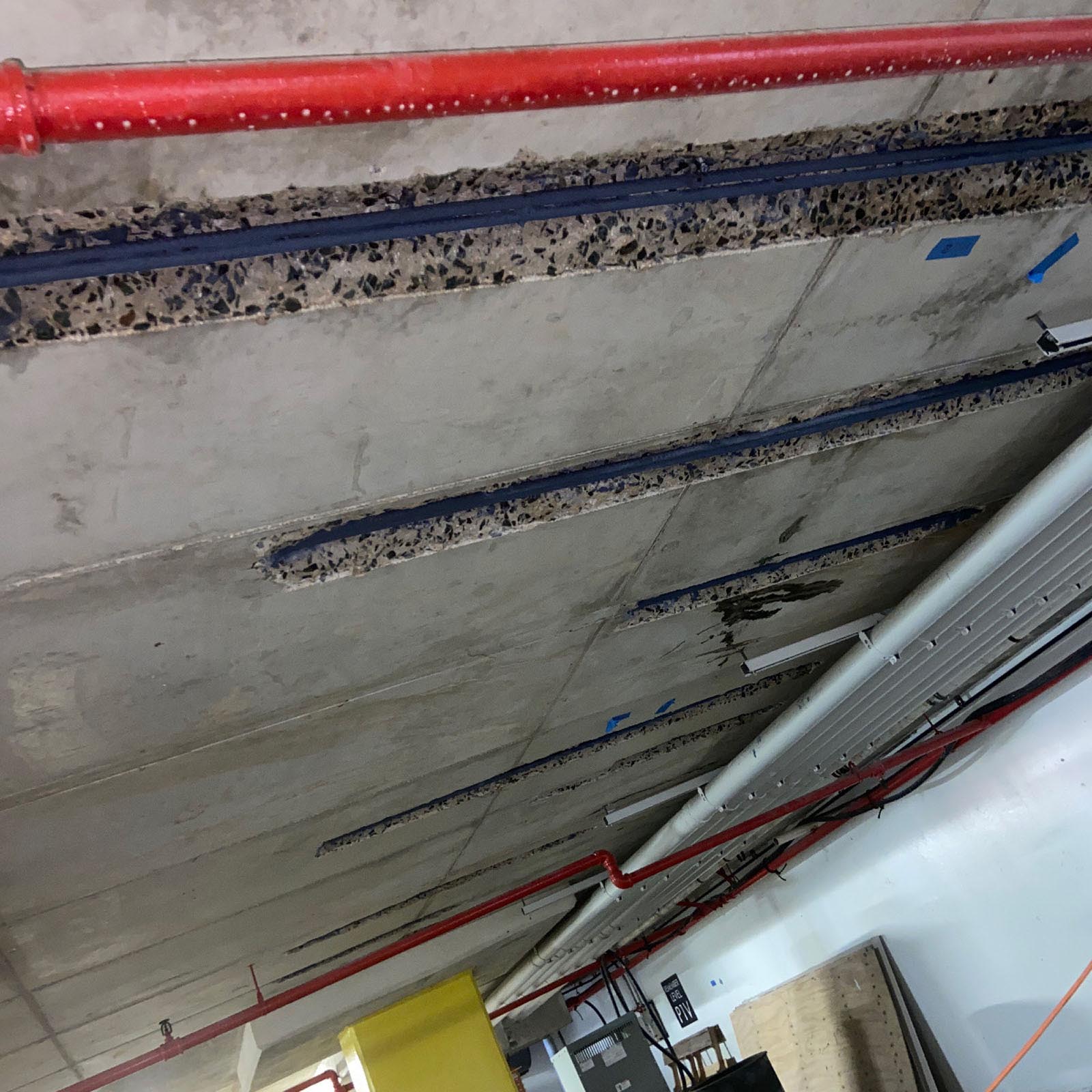
Conclusion
In light of the complex nature of structural repair and reinforcement, it is clear that the role of seasoned professionals in this field is indispensable. They bring to the table a wealth of knowledge, expertise, and most importantly, an understanding of the intricate principles of structural engineering. These professionals can make informed judgments about the methodology to be used and the implementation of a safe and effective structural restoration, ensuring the overall structural integrity of the building. This level of proficiency is what we at Nexo Tecnico offer. Based in Puerto Rico, we are specialists in structural repair and reinforcement. Our team prides itself on being able to define the best path forward for your parking maintenance and repair project. Reach out to us today, and together we can ensure the longevity and safety of your structures. After all, our buildings are more than just structures; they are a testament to our dedication to safety, quality, and durability.


